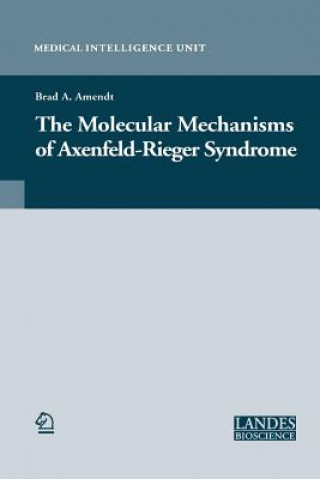
Code: 09161369
Molecular Mechanisms of Axenfeld-Rieger Syndrome
by Brad A. Amendt
We are excited to bring together recent research on the molecular biology of Axenfeld-Rieger syndrome (ARS) disorders. In the following chapters we will review and provide direct evidence for the molecular basis of this group of h ... more
- Language:
 English
English - Binding: Paperback
- Number of pages: 106
Publisher: Springer-Verlag New York Inc., 2014
- More about this

121.07 €

Low in stock at our supplier
Shipping in 13 - 16 days
Potřebujete více kusů?Máte-li zájem o více kusů, prověřte, prosím, nejprve dostupnost titulu na naši zákaznické podpoře.
Add to wishlist
You might also like
-

Avatar, the Last Airbender: The Rise of Kyoshi
14.22 € -32 % -

Jojo's Bizzarre Adventure Parte 7 - Steel Ball Run 1
12.70 € -4 % -

Trade For Time: And Other ENF, CMNF, and Humiliation Stories
13.21 € -6 % -

Seirei Gensouki: Spirit Chronicles (Manga): Volume 4
12.30 € -28 % -

Sensazioni
9.88 € -

Decentralized Solutions for Developing Economies
218.84 € -

Constitution Et La Competence Du Juge Administratif
118.54 € -9 % -

Lucid Dreams
15.43 € -18 % -

Emile, Ou de l'Education: Livre II, (Ed.1885)
23.60 € -

Letters from Home
14.01 € -5 % -

Aus der Heimat fur die Heimat
61.74 € -1 % -

All or Nothing
20.57 € -

Instance of Physical Separation
14.82 € -13 % -

Magic of the Frogs
14.22 €
Give this book as a present today
- Order book and choose Gift Order.
- We will send you book gift voucher at once. You can give it out to anyone.
- Book will be send to donee, nothing more to care about.
More about Molecular Mechanisms of Axenfeld-Rieger Syndrome
You get 304 loyalty points
 Book synopsis
Book synopsis
We are excited to bring together recent research on the molecular biology of Axenfeld-Rieger syndrome (ARS) disorders. In the following chapters we will review and provide direct evidence for the molecular basis of this group of heterogeneous disorders, which include Rieger syndrome and Rieger anomaly. While ARS patients were initially diagnosed in the early 1930s the genetic basis for ARS was unknown until the recent identification of chromo somal loci associated with this genetic disorder. In the mid-1990s Drs. Jeffrey C. Murray and Elena V. Semina identified PITX2 through positional cloning tech niques as a gene associated with ARS. These researchers were able to iden tify point mutations in PITX2 that were linked with ARS patients. ARS patients presented clinically with several developmental anomalies that fur ther provided clues about the function of the PITX2 homeobox tran scription factor. The phenotypic variability of ARS patients indicates that PITX2 can participate with many other faaors to control normal development processes. The hallmarks of ARS developmental anomalies are eye, tooth and umbilical defects. However, abnormal pituitary, heart, and craniofacial development are also detected. Thus, ARS patients provided the first link of PITX2 involvement in the development of these organs and structures. Some of these anomalies are recapitulated in epigenetic and genetic mouse, chick, zebrafish and frog studies which will be reviewed in the following chapters.
 Book details
Book details
Book category Książki po angielsku Medicine Clinical & internal medicine Ophthalmology
121.07 €
- Full title: Molecular Mechanisms of Axenfeld-Rieger Syndrome
- Author: Brad A. Amendt
- Language:
 English
English - Binding: Paperback
- Number of pages: 106
- EAN: 9781489996640
- ISBN: 9781489996640
- ID: 09161369
- Publisher: Springer-Verlag New York Inc.
- Weight: 197 g
- Dimensions: 235 × 155 × 7 mm
- Date of publishing: 01. December 2014
Trending among others
-
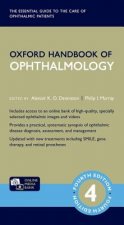
Oxford Handbook of Ophthalmology
58.61 € -
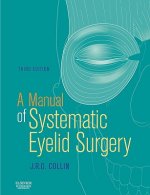
Manual of Systematic Eyelid Surgery
83.03 € -3 % -

Oculoplastic, Lacrimal and Orbital Surgery
189.47 € -
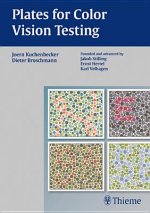
Plates for Color Vision Testing
66.28 € -4 % -

Ryan's Retina
631 € -5 % -

Kanski's Synopsis of Clinical Ophthalmology
88.88 € -13 % -
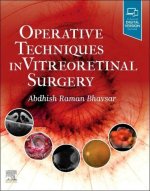
Operative Techniques in Vitreoretinal Surgery
285.13 € -
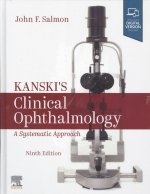
Kanski's Clinical Ophthalmology
206.63 € -5 % -

Practical Manual of Vitreoretinal Surgery
148.71 € -4 % -
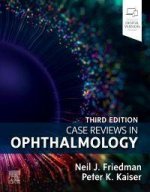
Case Reviews in Ophthalmology
75.16 € -2 % -

Iridology Simplified
9.68 € -13 % -

Magic Eyes
18.76 € -

Read Again Without Glasses
13.31 € -28 % -

Handbook of Retinal OCT: Optical Coherence Tomography
127.42 € -
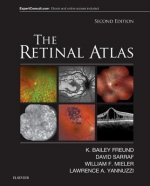
Retinal Atlas
290.17 € -8 % -
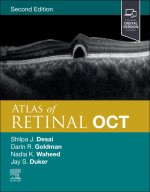
Atlas of Retinal OCT
181.71 € -14 % -

Cataract Cure
7.86 € -29 % -
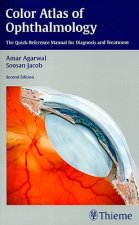
Color Atlas of Ophthalmology
83.33 € -9 % -

The Neuro-Ophthalmology Survival Guide
76.37 € -
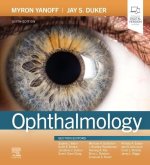
Ophthalmology
307.12 € -5 % -

Retinal Detachment Surgery and Proliferative Vitreoretinopathy
127.62 € -4 % -

Practical Handbook for Small-Gauge Vitrectomy
133.17 € -12 % -

Vision for Life, Revised Edition
18.66 € -18 % -
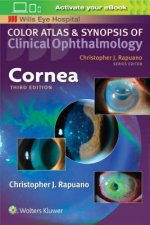
Cornea
94.43 € -4 % -

Ophthalmology
57.30 € -4 % -
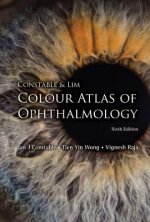
Constable & Lim Colour Atlas Of Ophthalmology (Sixth Edition)
42.67 € -

Clinical Orthoptics 3e
90.09 € -
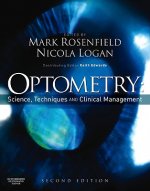
Optometry: Science, Techniques and Clinical Management
89.99 € -13 % -
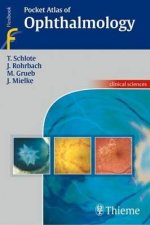
Pocket Atlas of Ophthalmology
42.37 € -4 % -
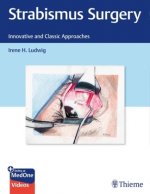
Strabismus Surgery
113.10 € -10 % -
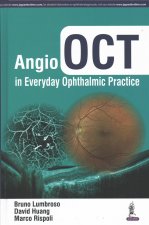
Angio OCT in Everyday Ophthalmic Practice
105.33 € -
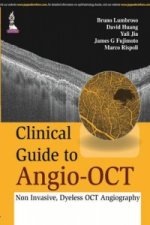
Clinical Guide to Angio-OCT: Non Invasive, Dyeless OCT Angiography
73.34 € -

Strabismus
148.71 € -4 % -
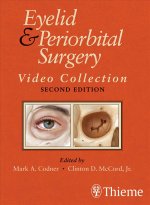
Eyelid and Periorbital Surgery Video Collection. USB-Stick
216.72 € -
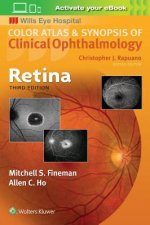
Retina
108.66 € -

Uveitis
98.16 € -4 % -
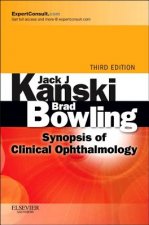
Synopsis of Clinical Ophthalmology
74.45 € -13 % -
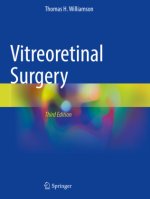
Vitreoretinal Surgery
73.34 € -
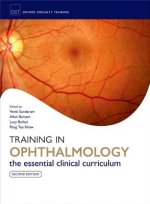
Training in Ophthalmology
165.26 € -

Slit-lamp Biomicroscopy in Primary Eye Care
19.36 € -

Power Behind Your Eyes
22.79 € -14 % -
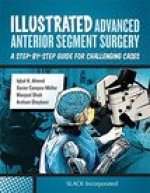
Illustrated Advanced Anterior Segment Surgery
222.67 € -
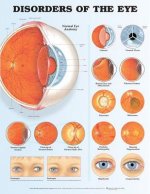
Disorders of the Eye Anatomical Chart
25.31 € -
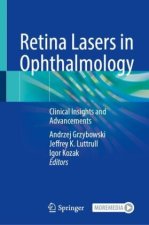
Retina Lasers in Ophthalmology
148.71 € -4 % -
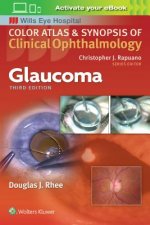
Glaucoma
99.68 € -2 % -
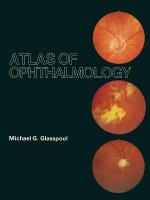
Atlas of Ophthalmology
61.44 € -
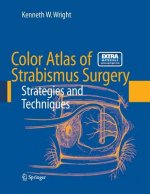
Color Atlas of Strabismus Surgery
233.47 € -

Asian Blepharoplasty and the Eyelid Crease
233.47 € -4 % -
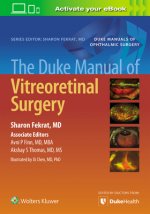
Duke Manual of Vitreoretinal Surgery
173.94 € -4 %
Osobní odběr Bratislava a 2642 dalších
Copyright ©2008-24 najlacnejsie-knihy.sk Wszelkie prawa zastrzeżonePrywatnieCookies


 Vrácení do měsíce
Vrácení do měsíce Zdarma od 49.99 €
Zdarma od 49.99 € 02/210 210 99 (8-15.30h)
02/210 210 99 (8-15.30h)